Demographic Segmentation: Examples in Marketing

Let’s start this article off with an interesting consumer statistic: 91% of buyers are more likely to shop with brands that provide personalized experiences, offers, and recommendations to them.
In order to personalize, you need to know, really know, your customers.
Assuming that every person in the world is a potential buyer will not work – you need to identify your target market. Otherwise, the failure to pinpoint your customers will be reflected in your marketing campaigns, and it won't be a pretty picture.
Demographic segmentation is the easiest way to understand your target audience.
It is one of the most basic activities carried out by companies that are just starting out, need to find product-market fit, create customer personas, or develop effective marketing strategies.
Our blog post will cover all you need to know about demographics, along with the ways in which you can use demographic segmentation in your marketing campaigns.
A definition of demographic segmentation
Demographic segmentation divides your target audience into different groups based on common factors like age, gender, income level, education, occupation, family status, ethnicity, and more.
It’s the easiest type of segmentation – at least with respect to acquiring user data.
Instead of reaching out to your entire market, you can direct your marketing efforts and budgets only to those segments who might be interested in your product or service.
For instance, a 50-year-old salaryman might not be interested in the same kind of product or product features that pique the curiosity of a 22-year-old graduate.
You would have to take these age groups into account and stop focusing on the former, reaching out to the latter segment instead.
Why are demographics important?
The word demography originates from two ancient Greek words: demos and graphy. "Demos" translates to people, while "graphy" means "writings about something." When put together, they loosely translate to writings about the people.
In marketing, demographics help you learn more about your customer population in order to create personalized marketing campaigns.
Personalization, in turn:
- Reduces marketing costs by up to 50%
- Boosts company revenue by 10 to 15%
- Gives an ROI of $20 for every $1 invested
Your tailored campaigns could include customized marketing messages, ad creatives, and videos – all catered to a specific (or multiple) demographic variable that will give you the most return on investment (ROI).
Actually, ROI is the end goal of demographic marketing.
The primary goal is to get your products and services to the right set of people, thereby increasing awareness, building a following, and fostering brand loyalty.
Related pros and cons
As mentioned before, demographic data is easy to find, analyze, and use. You don’t even have to put in a lot of effort; especially if you are using web analytics, public records, research firms, or third-party data providers.
Sometimes, you might end up identifying a niche market segment that you had not considered before, which all sounds well and good.
Yet, you need to be extremely careful with the way in which you use this information. After all, there are many reasons why the use of demographic data (not combined with psychographic or behavioral data) is frowned upon these days.
For example:
- Generic demographic segments lead to false assumptions about customer needs and preferences.
- If not updated, they fail to keep up with shifts in consumer behavior and purchasing patterns.
Remember, even though people fall in the same demographic category, it does not mean that they share the same psychographic and behavioral characteristics.
Always ensure that you have a bird’s eye view instead of a worm’s eye view of your marketing audience. Don’t limit your outreach opportunities by focusing only on a few demographic segments.
Segmentation, targeting, and positioning
Segmentation, targeting, and positioning (STP) is an important marketing model that helps businesses identify, reach, and capture their target audience in a crowded marketplace.
As you know, customer segmentation divides a heterogeneous audience mix into smaller, more manageable groups. Currently, there are five different kinds of segmentation options available:
- Demographic segmentation
- Psychographic segmentation
- Behavioral segmentation
- Geographic segmentation
- Firmographic segmentation (for B2B)
Segmentation helps brands gain insights into the distinct needs, habits, and interests of their buyer segments. However, there is no point in segmenting your audience if you don’t effectively target them.
Once the market is segmented, you should start targeting your most promising buyer groups.
For instance, choose people who would be the perfect fit for your product or service – your ideal customers. Or simply focus on the ones whose interests directly align with your company’s objectives.
Market segmentation and targeting helps you with brand and product positioning.
You can then successfully inform your customers why your brand or product is unique and how it gets the job done better than others in the industry.
This, in turn, empowers you to build a unique:
- Value proposition: Benefits, values, and features
- Brand personality: Brand image and voice
- Communication and PR strategy: Marketing materials that convey your value proposition and brand personality
By carefully selecting and targeting the best segments, you can carve out a distinct identity in your market, maximize ROI, and foster brand loyalty.
Demographic vs psychographic segmentation: Why they are different
Psychographic and demographic segmentation are two distinct approaches to market segmentation. While both methods target specific buyer groups, they operate on different measures and metrics.
Demographic segmentation allows you to divide the market based on observable human traits like age, gender, income, occupation, and ethnicity. All are easily measurable factors that provide a basic framework for understanding your buyers.
Say, a toy manufacturer might target consumers based on age range – young adults for video games and retirees for card games.
Conversely, psychographic segmentation focuses on personalities, lifestyle, values, interests, and attitudes. It explores internal motivations and psychographic factors that have an impact on consumer behavior.
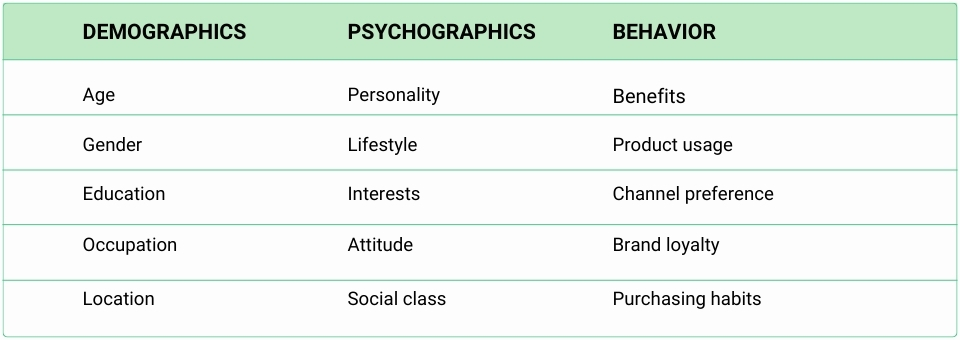
The approach recognizes that people with similar demographic factors might not have the same interests and purchasing habits.
Let’s take the example of the toy manufacturer again. The brand might realize that half of the individuals in the young adults category prefer adventure games, while the other half is into action games.
These psychographic differences will allow them to create marketing campaigns that are not only personalized but also tailored to resonate with the preferences of each subgroup within the same category.
Types of demographic segmentation variables
Age, gender, income, location, occupation, ethnicity and family structure are some common demographic variables or demographic factors used in marketing.
Over the years, other important variables have also made it to the list. Here’s a look at some of them.
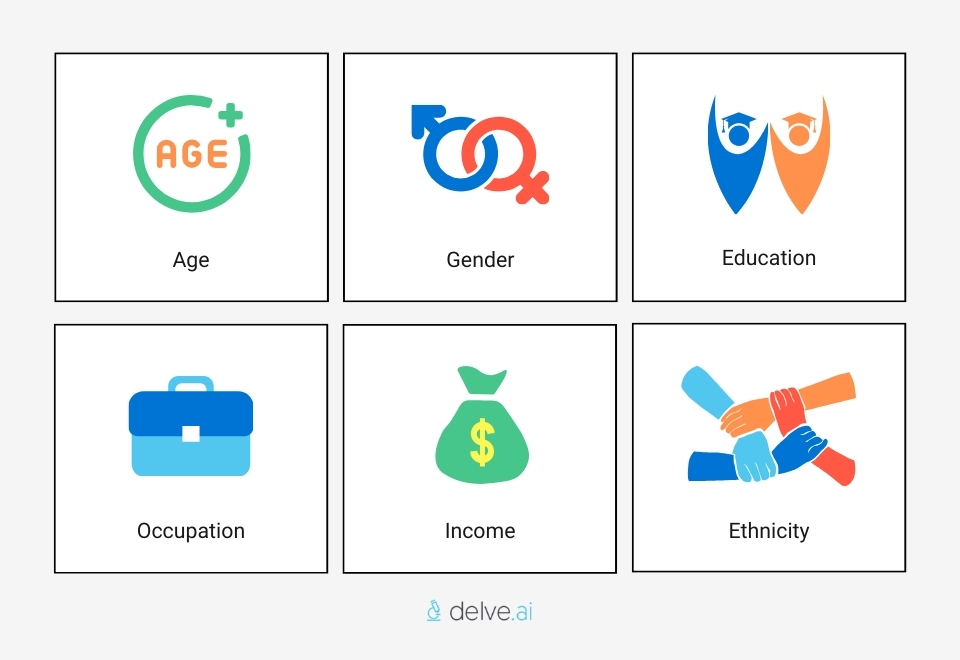
Age
Age is an important factor in demographic segmentation. After all, people born during different generations tend to have different interests, experiences, perspectives, and values in life.
It is the reason why we have generational marketing. That said, generational marketers have defined four major market segments:
Baby Boomers (1946-64): Experienced significant social and economic shifts; thus value stability, traditionalism, and hard work.
Generation X (1965-80): Witnessed digital transformation; noted to be independent, skeptical, and adaptable.
Millennials (1981-96): First generation to be born in the digital era; prioritize experiences over materialism and value work-life balance.
Generation Z (1997-2012): Growing up in the digital age, they are socially conscious individuals with instant access to information and communication via smartphones and social media.
Age segmentation plays an important role in marketing, whether it is the channel of engagement or messaging styles.
Location
Segmenting buyers based on their location, such as country, region, city or climate usually falls under geographic segmentation. Yet, it is also a crucial aspect of demographic segmentation.
Products that are ridiculously popular in one country might not be used in another. Take the case of Pampers by Procter & Gamble in China.
Widely adopted in developed countries like the United States of America, Pampers faced low demand due to traditional preference for split-crotch pants for babies in China.
Cultural practices further diminished the need for disposable diapers, making them less popular compared to Western markets.
Gender
Men and women have different tastes and interests. Women might be more inclined towards cosmetic products, while men could be the target market for items like power tools.
Yet, it's essential not to reinforce gender stereotypes in marketing, as this can alienate potential customers.
Instead, brands should focus on understanding diverse preferences within each gender and offer inclusive products and messaging. This strategy fosters a more inclusive relationship with the target market.
Income
Income plays a crucial role in pricing strategies. Companies often segment markets based on income levels, offering products suitable for lower income consumers or luxury items for high income individuals.
Some focus on high-volume production for mass consumption, while others target exclusivity with luxury products, aiming to maximize profit from affluent customers.
This income segmentation guides pricing decisions to ensure affordability and exclusivity for the target segments.
Ethnicity and religion
Although globalization has brought the world closer, there are still a lot of marked differences in the way in which people of different ethnicities and religions consume things.
A brand like McDonald’s might adjust its food recipes to meet kosher or halal standards in certain regions where those dietary laws are important. They might also change their marketing to appeal to local customs and beliefs, showing respect for the cultural differences and preferences of their customers.
Occupation
Occupation includes job-related factors, such as job title, function, and seniority levels.
In B2B marketing, this strategy is crucial as brands aim to reach professionals who hold decision-making authority within their organizations.
For example, a software company might target IT managers or CTO’s who have the power to approve software purchases. They will then customize their messages to resonate with their priorities, increasing the likelihood of a conversion.
Family status
Marketers employ lifestyle segmentation to understand how family structures influence shopping patterns.
Newly married couples tend to prioritize each other's needs, focusing on lifestyle and personal interests. However, a family with a newborn will shift their priorities towards baby-related products like formula milk.
Similarly, a family with multiple children will buy different products, like school supplies and grocery purchases.
Recognizing these shifts allows marketers to tailor their offerings to suit the ever evolving needs of families throughout the family life cycle, ensuring relevance and engagement with their target audience.
Sources of demographic data
There are several ways to collect demographic data, some of which are listed below and provide valuable insights into the demographic characteristics of your target audience.
1. Surveys and interviews
Collecting data through structured interviews and demographic surveys provide direct insights into age, gender, income, and more. Since the responses come directly from your customers, it is likely to be accurate and can become an integral part of your marketing plans.
2. Public records
Government records, census data, and voter registrations offer demographic information on populations, enabling you to get into geographical distribution, household composition, and socio-economic status.
3. Web analytics
Online platforms like Google Analytics track user interactions, revealing demographic details like age, gender, location, and interests.
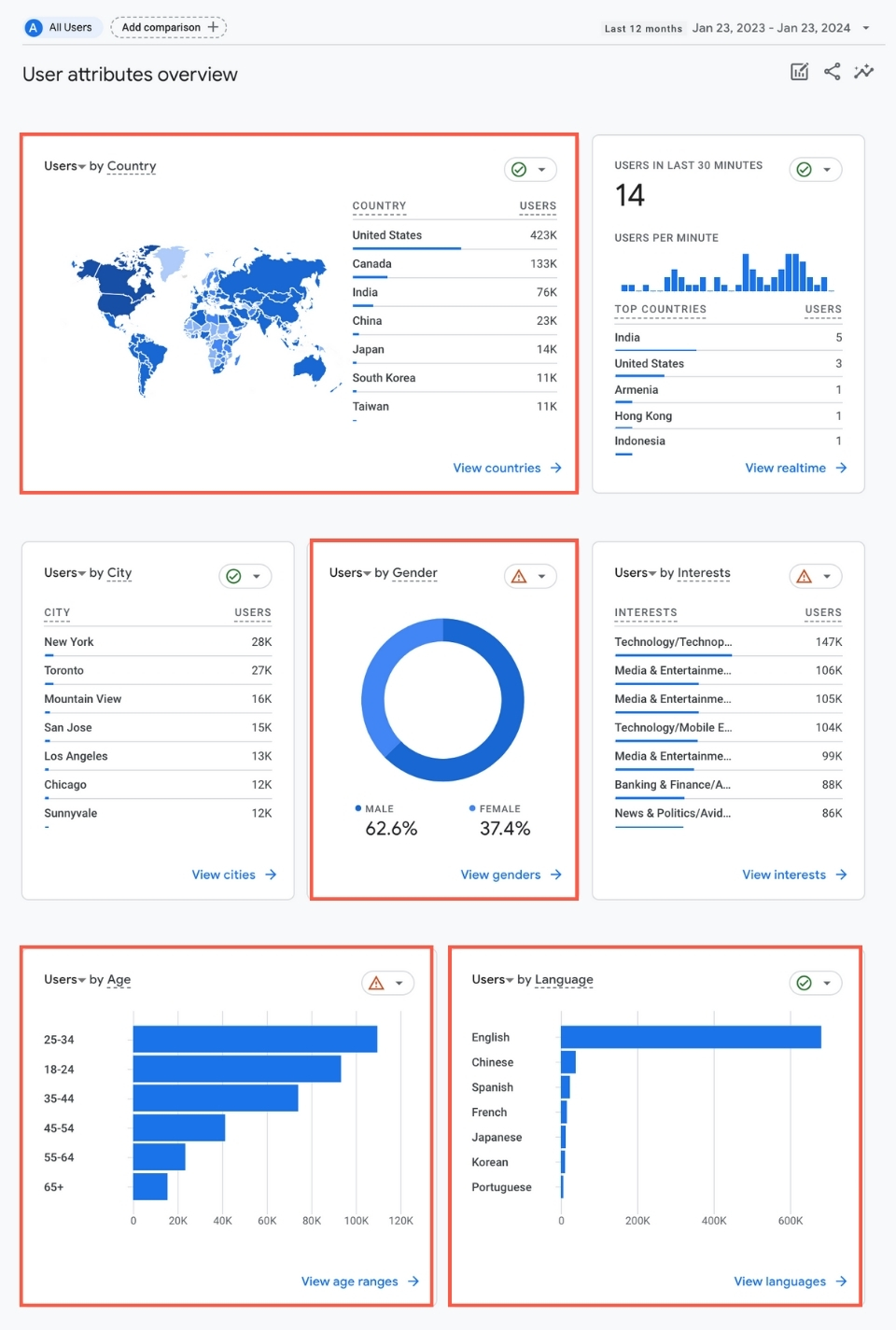
In addition, you can analyze website traffic and engagement metrics to understand the online habits of your demographic segment.
4. Social media networks
Meta, Twitter, and LinkedIn collects demographic data from user profiles, including age, gender, location, occupation, and interests. One can leverage this information to power advertising, content creation, and audience engagement on different social media platforms.
5. Third-party data providers
You additionally have the option of using third-party data providers or market research firms that specialize in aggregating and analyzing demographic data from respectable sources.
Benefits of demographic segmentation
Demographics allow you to reach your prospects with ease.
Marketers can refine messaging styles and effectively target potential customers with relevant discounts and offers. This can boost sales, conversions, and profits. Understanding post-purchase needs further allows you to increase retention rates and loyalty.
Let's look at a few additional benefits of demographic segmentation.
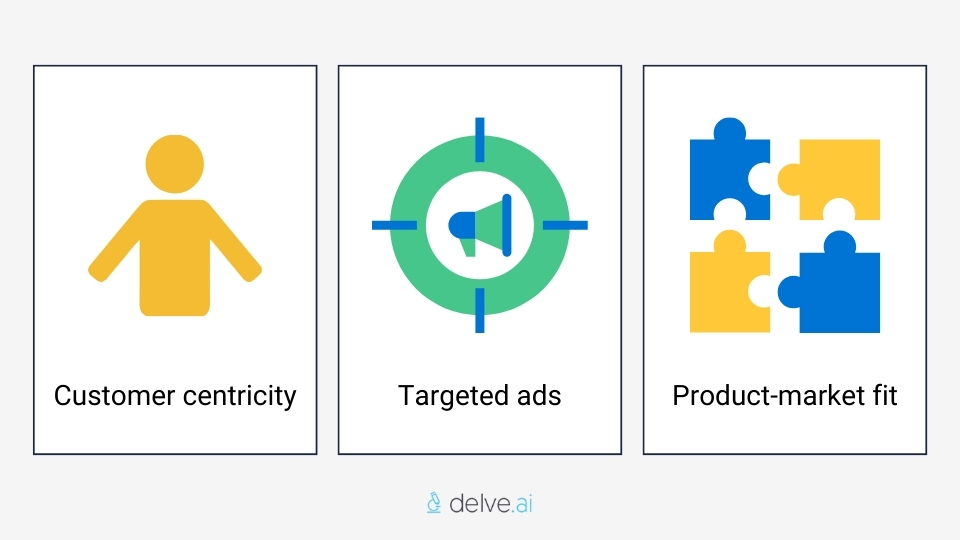
Offer personalized products
With demographic segmentation, you can offer customized products and messages to different consumer groups. This means sending highly personalized messages to each user segment.
For avid gamers, position your phone as the best smartphone for gaming in the market, built with an awesome display and a powerful processor. When reaching out to value-seekers, notify them that they're getting the best features in that price range.
Run targeted ads
You can run advertisements and target the most relevant customers in the industry with demographics.
Simplify identify key characteristics relevant to your product or service and set up targeted ad campaigns specifying these traits. Actually, you have the option to select the demographic criteria for your ads on platforms like Facebook or Google Ads.
Ensure product-market fit
Without segmentation, product development relies on a lot of guesswork, often giving out zero results. Collecting information about prospective customers enables start-ups to create relevant products and services tailored to the market.
Similarly, thoroughly analyzing your buyers helps you align features with actual user goals and objectives, increasing the odds of success and customer satisfaction.
Examples of demographic segmentation in marketing
Now that we know the workings of demographic segmentation, it's time to look at some of its variables in action, that is, the way they are employed by other brands.
Age based segmentation: Nike
Nike is one of the best known brands in the world, outdoing famous brands like Adidas and Puma. The sportswear company primarily targets an audience between the ages of 15 and 45 (teen years to middle ages), including both men and women.

With a strong focus on emotive marketing, Nike has built a brand personality that centers around the dreams and aspirations of its customers. They often depict young sports athletes and enthusiasts in their ads, accompanied by powerful slogans.
Gender based segmentation: Gillette
One prime example of gender-based segmentation in marketing is Gillette, particularly with its line of razors, skincare, and shaving products.
The company has historically targeted men with their advertising campaigns, focusing on themes of masculinity, confidence, and convenience.
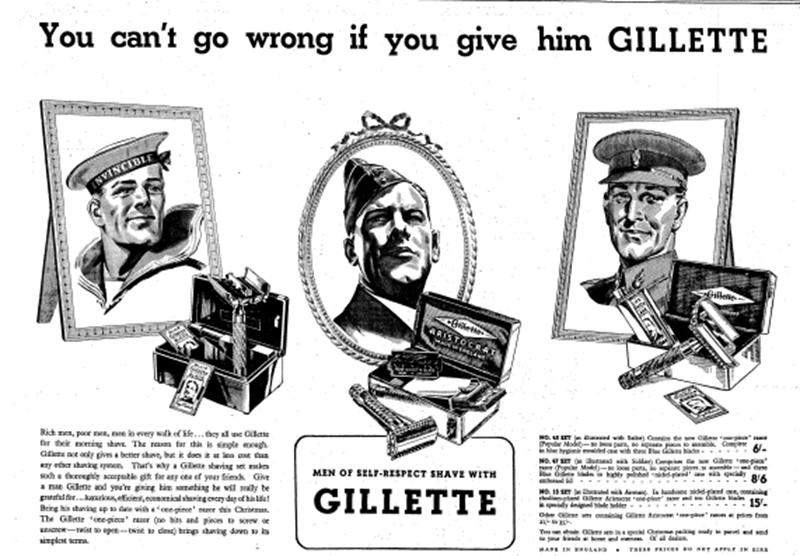
With rugged imagery, sleek product designs, and messages that speak directly to its male buyers, Gillette has positioned itself as the go-to choice for male grooming products.
Income based segmentation: Rolex
Rolex is a timeless classic – a brand that exudes sophistication, elegance, and luxury. As such, it caters to a clientele lying at the higher end of the tax bracket.

The Swiss watch manufacturer has time and again proven the craftsmanship, durability, and quality of its watches. With limited editions and low production numbers, it creates the sense of exclusivity and achievement wanted by its affluent consumers.
Family based segmentation: Ikea
Ikea caters to individuals of all ages, genders, and family structure. It doesn’t matter if they are students, bachelors, married couples, couples with children, or senior citizens – they have something for everyone.
The brand offers furniture suited for small apartments, catering to single individuals. It also has products designed for larger families, like bunk beds for kids or dining tables for family gatherings.
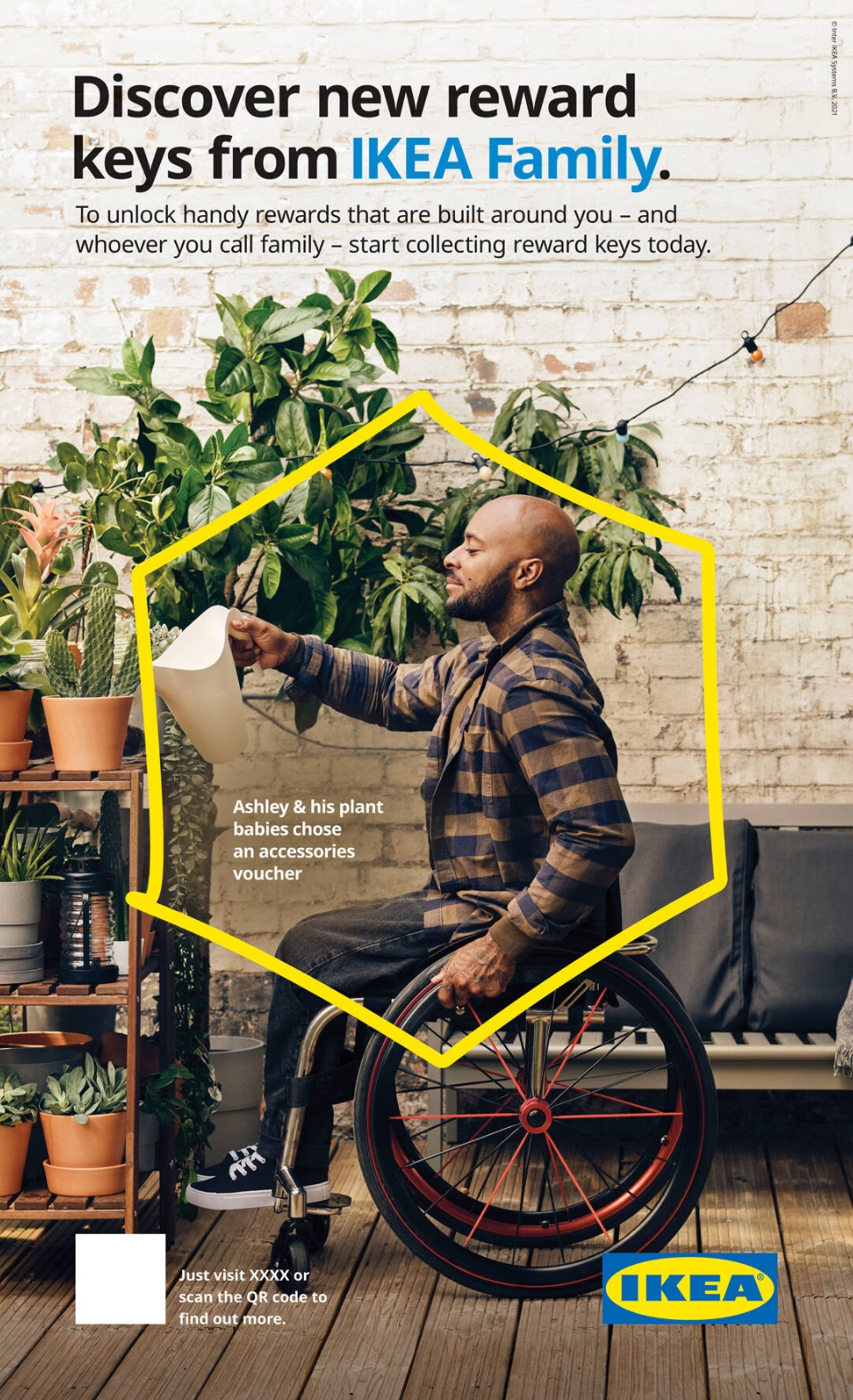
IKEA’s advertisements often display scenes straight out of your home. They feature families spending time together in a cozy living room, or young people setting up their first apartments.
By aligning their messaging with different family dynamics, the brand aims to connect with a wide range of customers.
Wrapping up
Demographic segmentation offers a variety of factors to segment prospective customers effectively.
For luxury items, income segmentation is key, while gender is crucial for men's grooming products. Sometimes, multiple demographic segments may be necessary for a single product, like men who prefer high end products.
Ultimately, demographic segmentation hinges on understanding and putting the needs of your buyers before your products. You can combine it with psychographic and behavioral segmentation to build a customer-centric marketing strategy.
Frequently Asked Questions (FAQs)
What is demographic segmentation in marketing?
Demographic segmentation is a form of market segmentation that divides your target audience into different categories based on age, gender, income level, education, occupation, family status, ethnicity, language, and religion.
What are the 5 types of demographic segmentation in marketing?
Age, gender, income, occupation, ethnicity, and family status are the major elements used for demographic segmentation. Besides this, you can also use location, education, and religion to segment your customers in marketing.
What is an example of demographic segmentation by age?
Nike is one of the world’s most well-known brands that uses demographic segmentation. It segments its customers by age, focusing on a target audience between 15 and 45 (teen years to middle ages), including men and women.
Segment your customers automatically with Delve AI
Subscribe for blog updates
Our products
Customer Persona
from your customer/CRM data

Competitor Persona
using Delve AI's intelligence data




